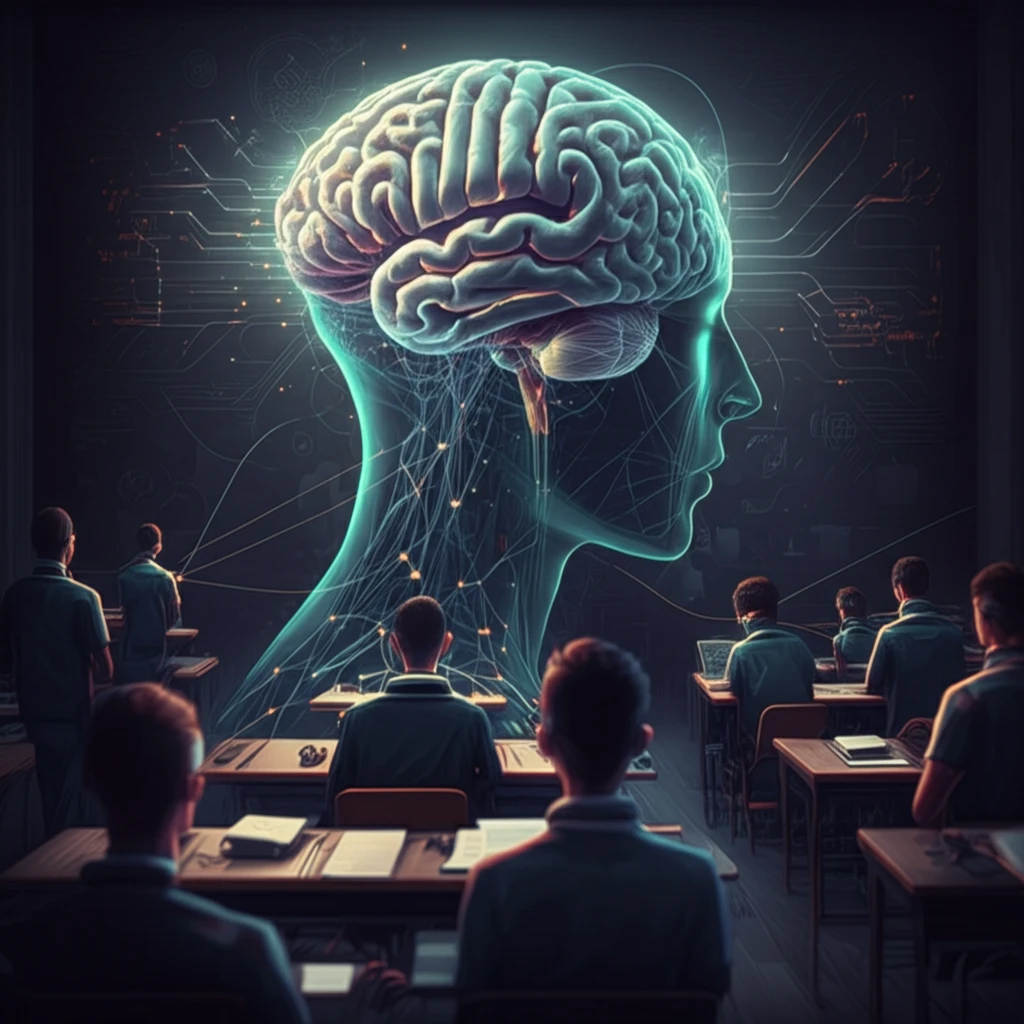
Classroom Chemistry: How AI, Networks, and Algorithms Are Reshaping Education
"Unlocking Optimal Learning: The Power of Friendship Networks, Data, and Smart Tech in Classrooms."
In elementary and middle school, peer influence significantly shapes students' behavior, attitudes, and academic performance. Recognizing this, educators and researchers are exploring innovative approaches to harness the power of positive peer dynamics to enhance learning environments. This article delves into a groundbreaking study that utilizes neural networks, instrumental variable techniques, and genetic algorithms to design classroom assignment policies that maximize educational outcomes.
Traditional methods often treat peer influence as a uniform effect, overlooking the complexities of social connections and individual preferences. This study, however, takes a nuanced approach, first mapping friendship formations and then leveraging these insights to create classroom settings conducive to academic success and equitable opportunities.
By understanding how students connect and influence each other, and combining this with powerful optimization tools, schools can move beyond random assignments and create environments where every student has the opportunity to thrive.
Decoding the Social Network: Mapping Friendships with AI

The first step involves understanding the intricacies of friendship formation within a classroom. Researchers developed an interpretable neural network architecture, called PeerNN, to predict these connections. Unlike traditional methods, PeerNN uses students' individual characteristics to estimate an adjacency-probability matrix. This matrix reflects the likelihood of friendships forming based on factors such as gender, academic standing, and shared interests.
- Micro-Founded Discrete Choice Model: This model provides a framework for understanding how students make friendship choices, allowing for flexibility in parameterization and estimation.
- Interpretable Neural Network: PeerNN generates a friendship probability matrix (Ω) that serves as a crucial component for peer effect estimation and classroom assignment optimization.
- Discrete Choice Alignment: The loss function of PeerNN is designed to align with the discrete choice model, ensuring that the model's predictions are consistent with the underlying theoretical framework.
The Future of Classroom Design: Equity and Outcomes
This comprehensive approach, combining AI-driven insights with strategic policy design, offers a pathway to creating more effective and equitable learning environments. By understanding and leveraging the power of peer influence, schools can empower every student to reach their full potential. Further research into refining these models and exploring new applications will undoubtedly shape the future of education.
